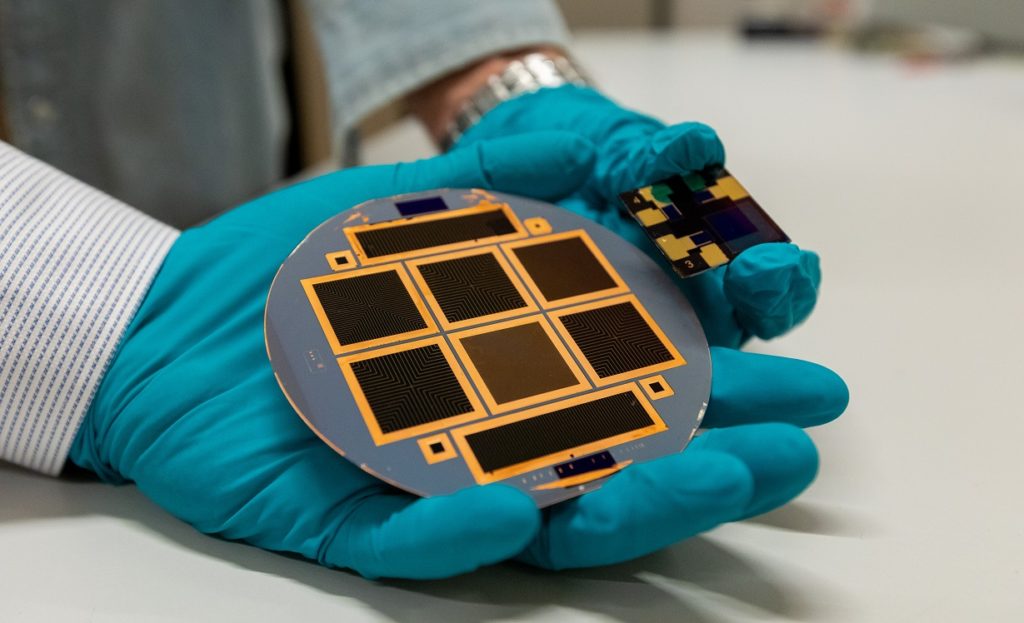
Domestic supply of solar cells in the US will be insufficient to keep pace with module manufacturing expansion plans announced since the 2022 Inflation Reduction Act was passed, according to advisory body, Clean Energy Associates (CEA).
Unlock unlimited access for 12 whole months of distinctive global analysis
Photovoltaics International is now included.
- Regular insight and analysis of the industry’s biggest developments
- In-depth interviews with the industry’s leading figures
- Unlimited digital access to the PV Tech Power journal catalogue
- Unlimited digital access to the Photovoltaics International journal catalogue
- Access to more than 1,000 technical papers
- Discounts on Solar Media’s portfolio of events, in-person and virtual
In a guest article published today on PV Tech, Martin Meyers, principal consultant, market intelligence at CEA wrote that the lower capacity additions from cells compared to modules means “many US module assembly facilities will depend on imported cells”.
With a large majority of global cell processing capacity located in Asia, procurement of cells will have similar constraints seen up until now with modules, limiting the available supply due to the Uyghur Forced Labor Prevention Act (UFLPA), which came into force in June 2022 or the anti-dumping/countervailing duty (AD/CVD) with tariffs suspended until July 2024, under US president Joe Biden’s two-year waiver.
Further up in the upstream manufacturing, the problem will also arise for ingots and wafers as domestic cell capacity additions far exceed US ingots/wafers capacity additions, wrote Meyers.
“Hence US cell-processing facilities will depend on wafer imports – and with ingot/wafer capacity even more concentrated in Asia than cell/module capacity, the constraints impacting module and cell imports will impact wafer imports as well. In short, notwithstanding the announcements of US PV manufacturing capacity additions, the US market will depend on imports of modules, cells and/or wafers for years to come.”
To read the full post, visit our Guest Blog section.







